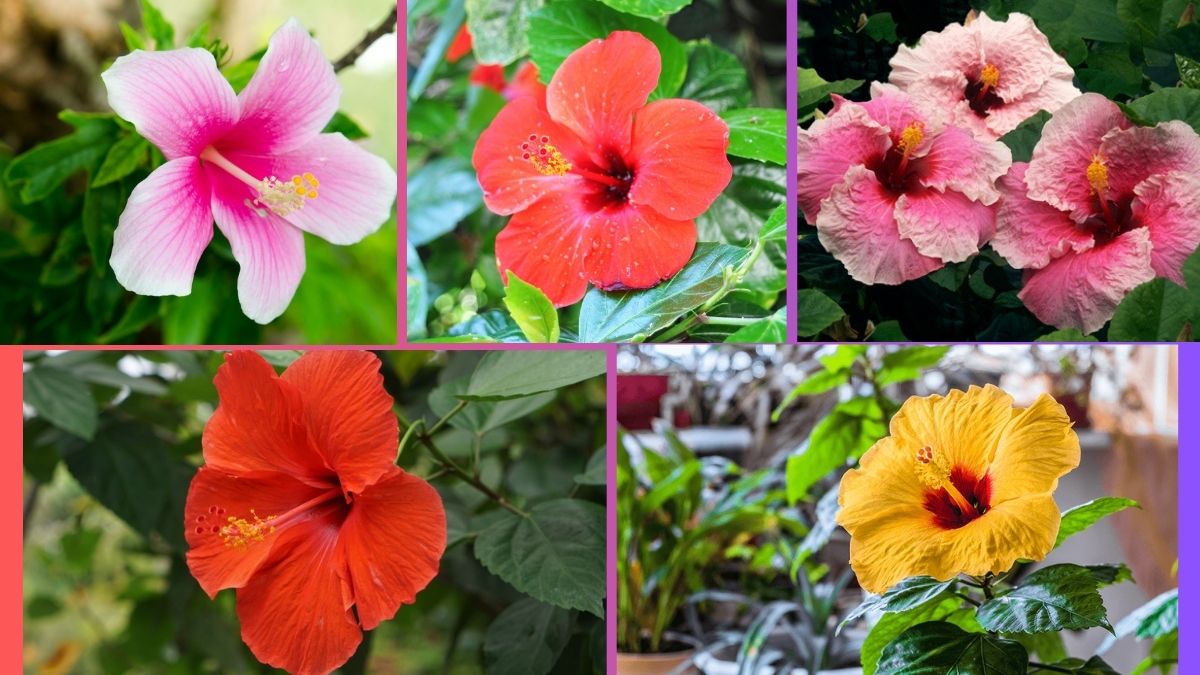Hibiscus plants are tropical beauties, famous for their bold, colorful, and trumpet-shaped flowers. Whether grown as a showy garden shrub, patio container plant, or even indoors in colder climates, hibiscus adds a lively, exotic touch to any setting. These plants are loved for their extended blooming period and their ability to attract pollinators like butterflies and hummingbirds.
However, despite their vibrant resilience, hibiscus plants are quite particular about their water needs. Too much water can lead to root rot, while too little can result in bud drop and wilting. So if you’re asking how often should you water a hibiscus?, this comprehensive guide will explain everything you need to know — from watering schedules and environmental factors to common mistakes and expert care tips.
Understanding Hibiscus Watering Needs
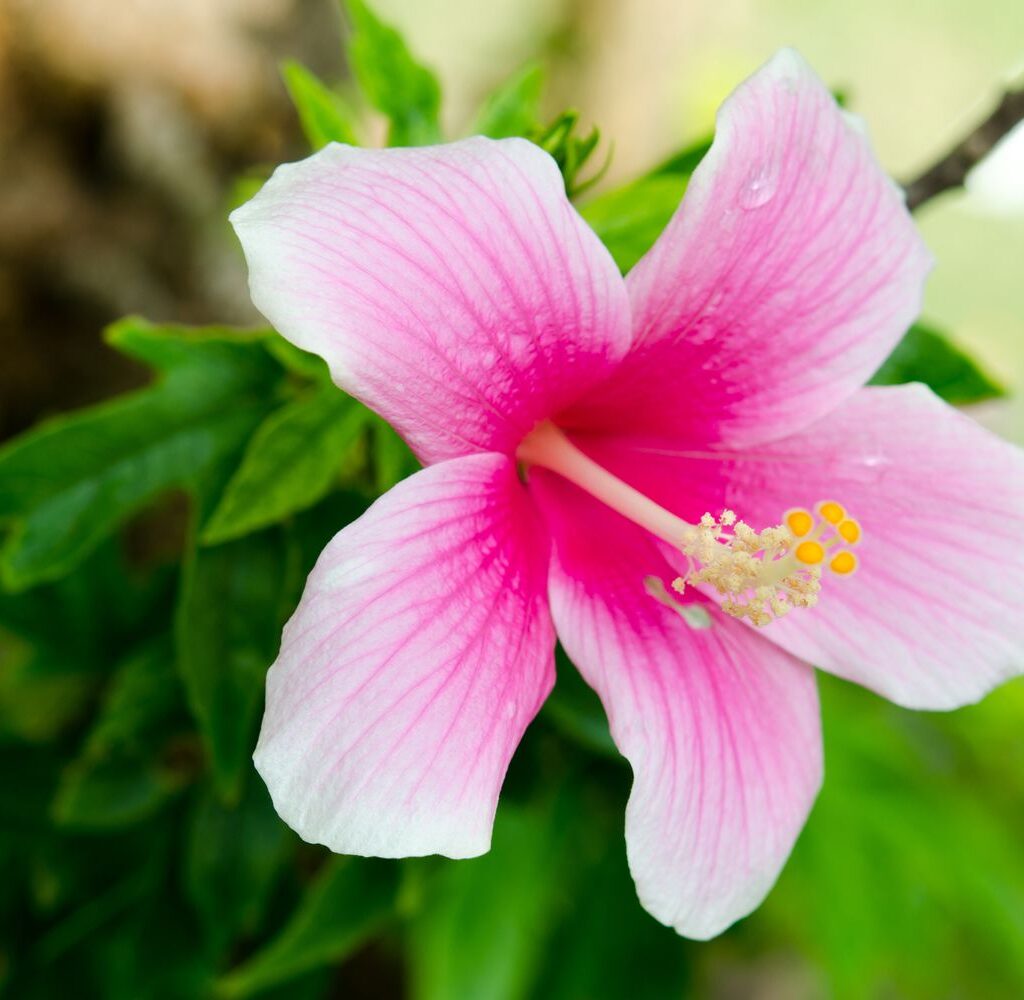
To provide proper care, it helps to understand the hibiscus plant’s natural environment. Most commonly cultivated hibiscus varieties, especially Hibiscus rosa-sinensis (tropical hibiscus), originate from warm, humid regions with plenty of rainfall, well-drained soil, and consistent temperatures. This means:
- Hibiscus plants prefer evenly moist, well-drained soil.
- They thrive in high humidity and dislike both prolonged dryness and waterlogged roots.
- Regular watering is essential, especially during active growing and blooming seasons.
How Often Should You Water a Hibiscus?
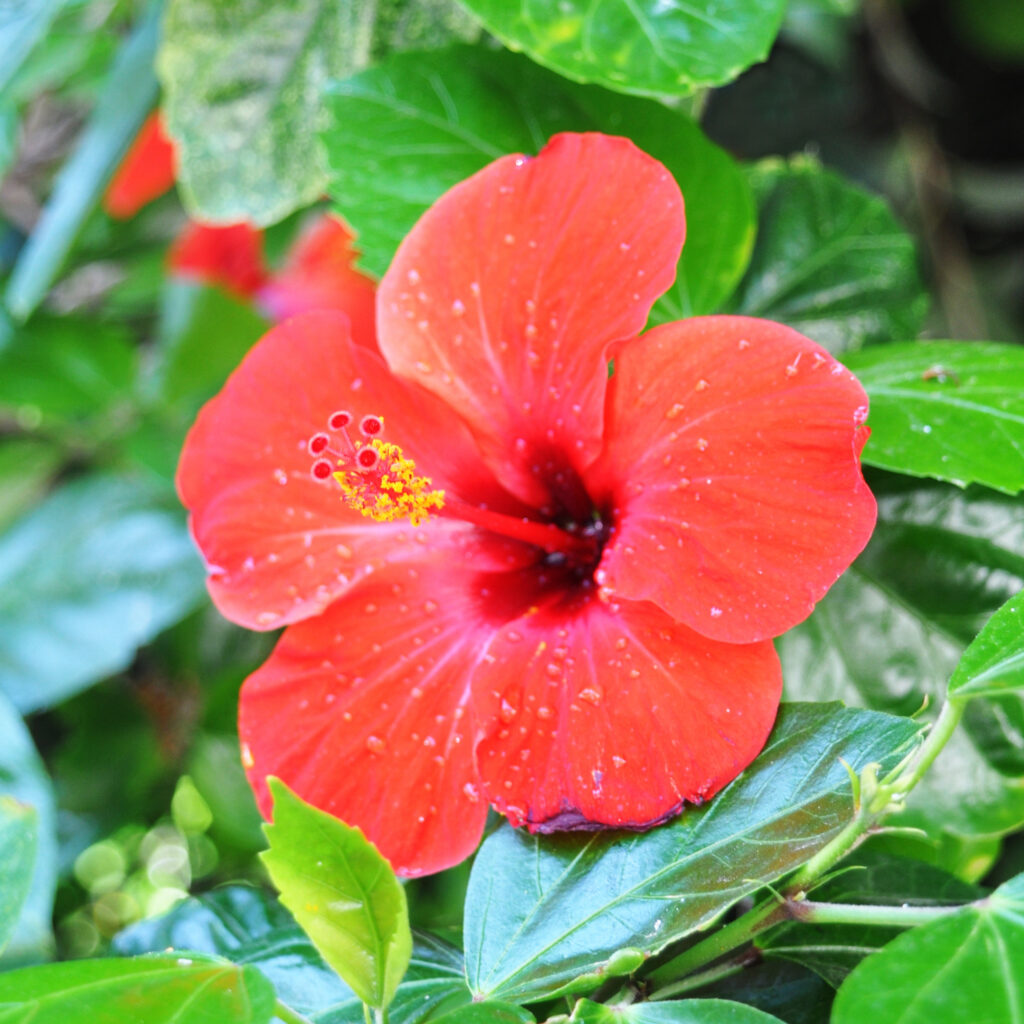
General Watering Guidelines:
- Outdoor In-Ground Hibiscus: Water 3–4 times per week in summer; reduce to once a week in cool weather.
- Outdoor Potted Hibiscus: Water daily or every other day in hot conditions; every 3–5 days in milder weather.
- Indoor Hibiscus: Water once a week, ensuring the top inch of soil dries slightly before rewatering.
Key Rule: Hibiscus plants love moisture but hate soggy, stagnant soil. Always check soil moisture before watering.
Seasonal Watering Schedule for Hibiscus
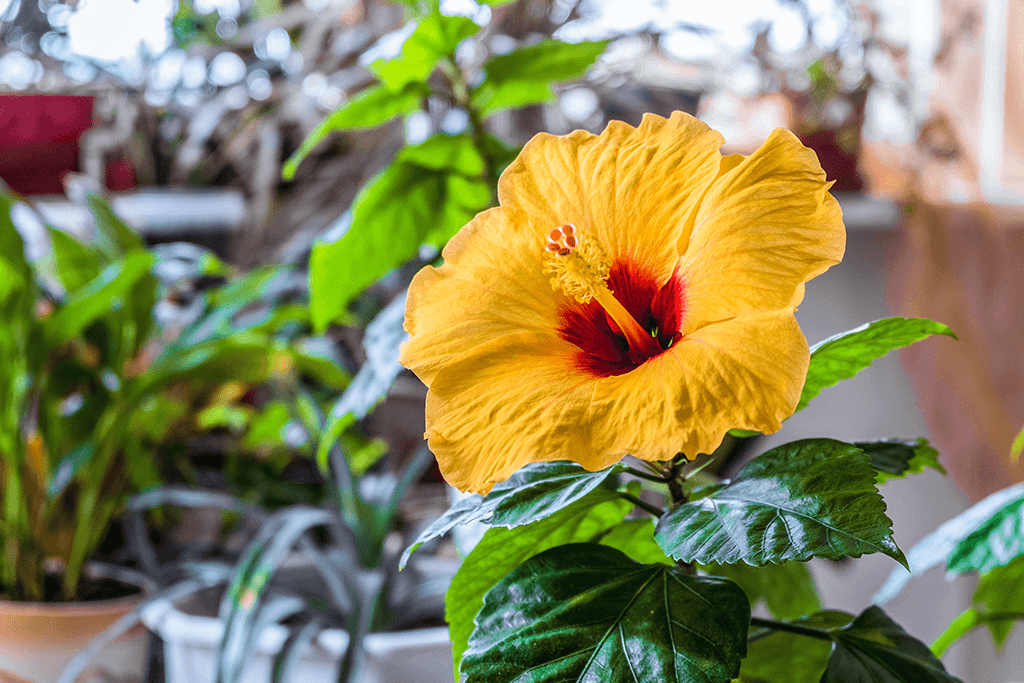
Spring and Summer (Active Growth & Flowering)
This is when hibiscus grows vigorously and blooms profusely, requiring frequent watering.
- In-Ground Plants: Water every 2–3 days or more often during heatwaves.
- Potted Hibiscus (Outdoors): Water daily in hot, dry weather.
- Indoor Hibiscus: Water once a week, increase frequency if humidity is low.
Tip: Mulch around the base of in-ground hibiscus to retain soil moisture and regulate temperature.
Autumn (Slower Growth)
As days shorten and temperatures cool, hibiscus growth slows, and water needs decrease.
- In-Ground Plants: Water every 4–5 days.
- Potted Plants: Water every 3–4 days.
- Indoor Hibiscus: Continue watering once a week.
Winter (Dormancy or Indoor Care)
In colder climates, hibiscus often goes dormant or is moved indoors. During this time:
- Dormant Plants (Indoors or Greenhouse): Water every 10–14 days.
- Tropical Hibiscus Indoors: Water once every 7–10 days, depending on indoor humidity and warmth.
Factors That Affect Hibiscus Watering Frequency
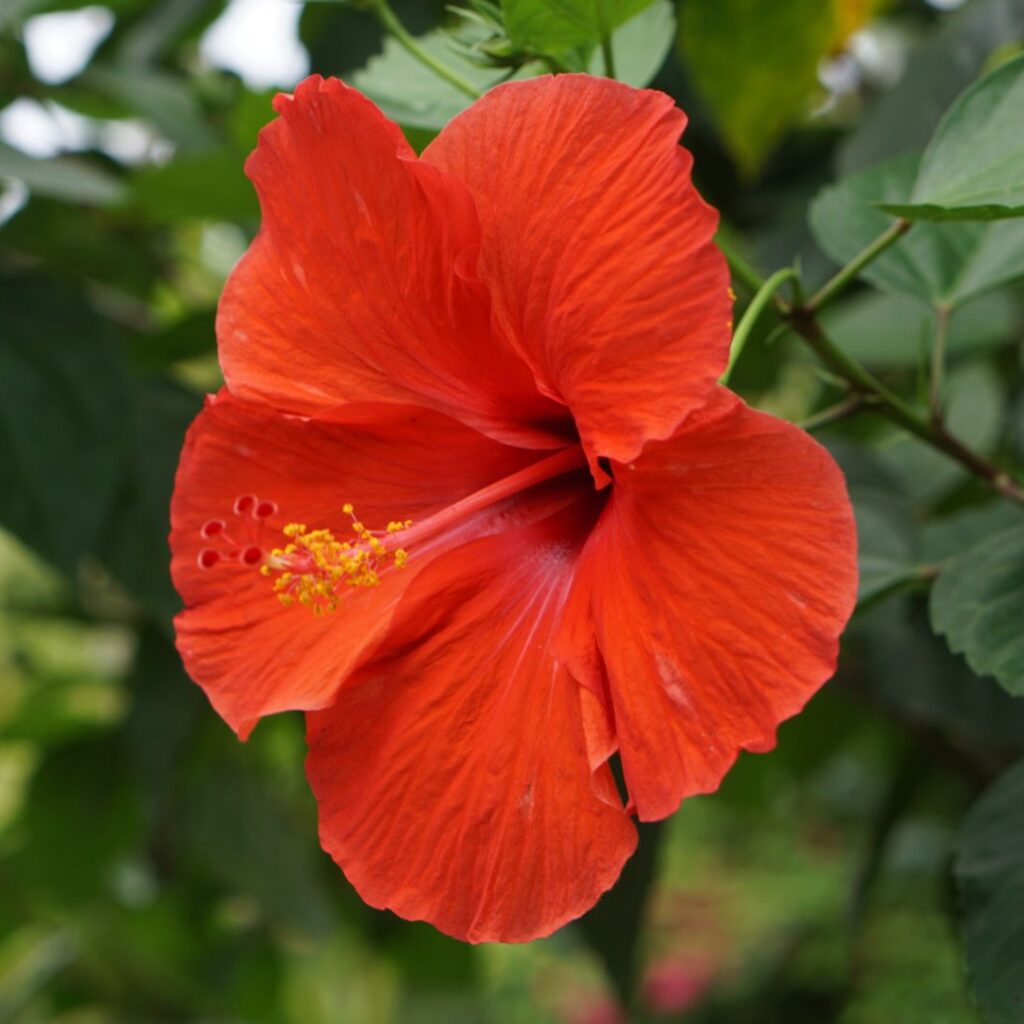
Several factors influence how often you should water a hibiscus:
Climate and Weather
- Hot, dry, and windy weather causes soil to dry out quickly.
- Cool, humid, or rainy weather means less frequent watering is necessary.
Soil Type
- Sandy soils: Drain quickly, requiring more frequent watering.
- Clay soils: Retain moisture longer; water less often but ensure proper drainage.
- Loamy soils: Ideal for hibiscus as they balance drainage and moisture retention.
Container Size and Material
- Small pots dry out faster than larger ones.
- Terracotta pots allow faster evaporation compared to plastic or glazed ceramic containers.
Plant Size and Maturity
Larger, well-established plants need deeper, more thorough watering but less frequently than young, shallow-rooted plants.
How to Properly Water a Hibiscus
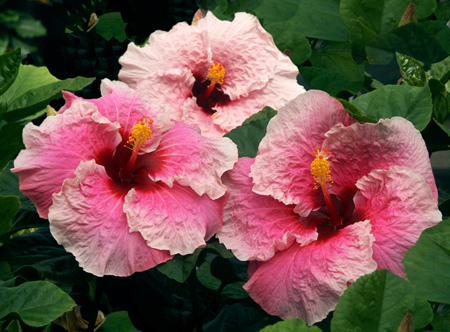
Water Deeply and Evenly
Always water until moisture reaches the root zone. For in-ground plants, this usually means soaking the soil 6–8 inches deep.
Water at the Base
Avoid wetting leaves to prevent fungal issues. Direct water toward the soil at the base of the plant.
Use Room-Temperature Water
Cold water can shock hibiscus roots. Room-temperature or tepid water is ideal.
Check Soil Moisture First
Before watering, insert your finger about 1–2 inches into the soil. If it feels dry, it’s time to water.
Signs of Overwatering and Underwatering in Hibiscus
Recognizing the symptoms of water stress early is essential to keeping your plant healthy:
Signs of Overwatering:
- Yellowing leaves (often starting at the bottom)
- Wilting despite moist soil
- Mushy, black roots (root rot)
- Mold or mildew on soil surface
Solution: Allow the soil to dry, improve drainage, and adjust watering frequency.
Signs of Underwatering:
- Drooping, dry leaves
- Crispy, brown leaf tips and edges
- Bud drop
- Dry, compacted soil pulling away from the pot’s edges
Solution: Deeply water the plant and maintain a consistent watering routine.
Special Watering Tips for Potted Hibiscus
Potted hibiscus plants require special care, especially in warm weather:
- Use well-draining, nutrient-rich potting soil.
- Ensure pots have multiple drainage holes.
- Water thoroughly until water drains from the bottom, then empty the saucer.
- Mist leaves regularly to increase humidity.
- In hot spells, consider moving potted hibiscus to a lightly shaded spot in the afternoon to reduce evaporation.
Additional Hibiscus Care Tips
To complement good watering practices:
Prune Regularly
Remove spent blooms and dead branches to encourage bushier growth and continuous flowering.
Provide Plenty of Sunlight
Hibiscus thrives in 6–8 hours of direct sunlight daily. Insufficient light results in fewer blooms.
Feed Wisely
During the growing season, fertilize every 2–4 weeks with a balanced, water-soluble fertilizer rich in potassium and magnesium.
Control Pests
Keep an eye out for aphids, spider mites, whiteflies, and scale. Treat infestations promptly with insecticidal soap or neem oil.
Conclusion
So, how often should you water a hibiscus?
The straightforward answer depends on climate, season, soil type, and planting method:
- Outdoor in-ground hibiscus: Water 3–4 times a week in summer, less often in cooler months.
- Outdoor potted hibiscus: Water daily in hot weather, every 3–5 days in milder conditions.
- Indoor hibiscus: Water once a week, adjusting based on humidity and temperature.
The secret is to maintain consistent, evenly moist soil — not wet or soggy — paired with good drainage and attentive care. With the right balance, your hibiscus will reward you with lush foliage and vibrant, exotic blooms from spring to fall.
